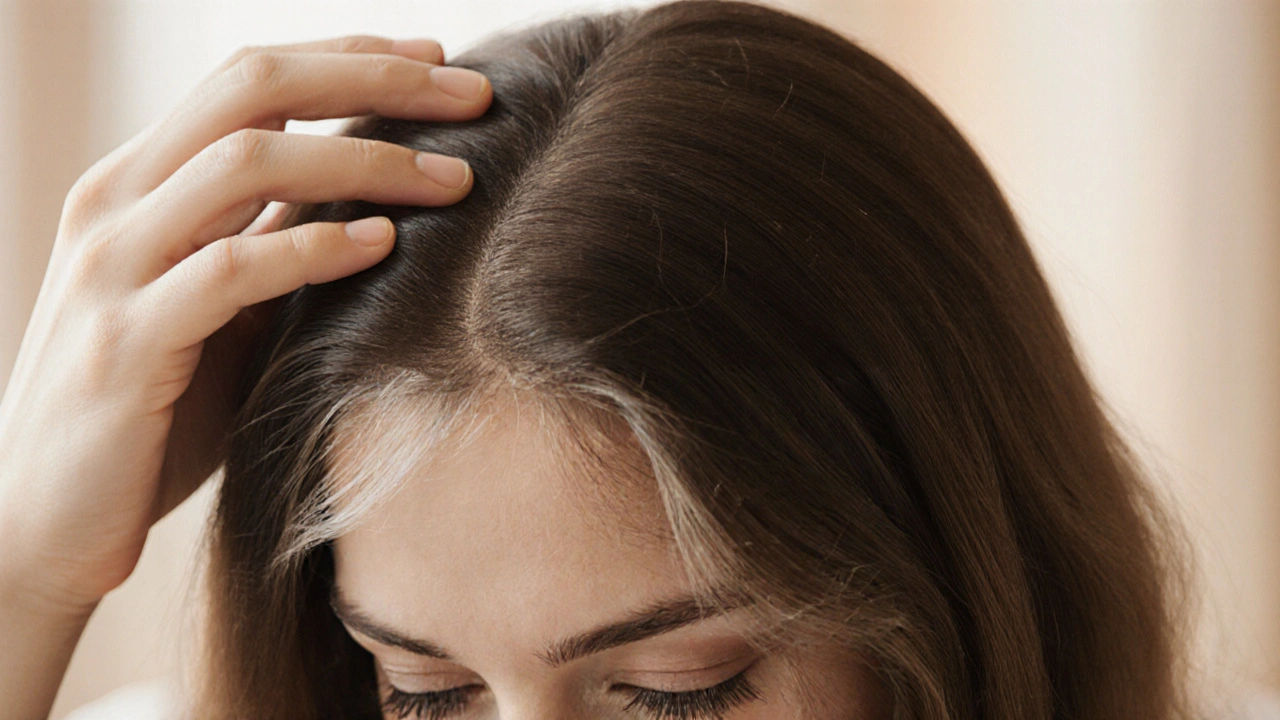When talking about Wig Durability, the ability of a wig to retain its look, feel, and structural integrity over time. Also known as wig lifespan, it depends on material, wearing habits, and upkeep. It’s closely linked to Hair Extensions, extra strands that can be attached to natural hair or wigs, Hair Care, the routine of washing, conditioning, and protecting hair fibers, and Hair Styling Tools, devices like flat irons, curlers, and blow‑dryers that apply heat or tension. Understanding these connections helps you protect your investment and keep your style fresh.
First off, material quality is the backbone of wig durability. Human‑hair wigs usually outlive synthetic ones because the fibers mimic natural elasticity, but they also need gentler treatment. Synthetic fibers, especially those made from heat‑resistant polymers, can last long if you avoid high temperatures. Second, the way you clean the wig matters. Over‑washing strips natural oils, while under‑washing leads to buildup that weakens the base. Use a sulfate‑free shampoo, rinse with lukewarm water, and let the wig air‑dry on a stand. Third, storage plays a big role: a breathable wig cap or mannequin head prevents shape loss and reduces snagging.
Heat styling tools create another crucial link. Applying direct heat above the recommended temperature can melt synthetic fibers or cause split ends in human hair. If you love curling or straightening, invest in a temperature‑controlled iron set to the wig’s safe range (usually 250°F for synthetic, 350°F for human). Always use a heat protectant spray—this extra barrier reduces micro‑damage and extends the wig’s life. On the flip side, frequent pulling or tight hairstyles can stress the cap and cause the wig to slip or fray.
Hair extensions can either boost or break wig durability, depending on how you use them. Clip‑in extensions add weight, which may stretch the wig’s cap if it’s not securely fitted. Tape‑in or sew‑in methods distribute weight more evenly, but they involve adhesives or stitches that need careful removal to avoid tearing the base. When you plan to layer extensions onto a wig, choose lightweight, low‑heat options and ensure the wig’s cap can support the added volume without sagging.
Color treatments are a double‑edged sword. Dying a human‑hair wig can refresh its look, but harsh chemicals can weaken the cuticle, leading to brittleness. Opt for low‑ammonia, demi‑permanent dyes and do a strand test first. Synthetic wigs can be refreshed with specialized spray dyes designed for fibers; these usually sit on the surface and wash out over time, preserving the underlying material. In both cases, follow up with a deep‑conditioning mask to replenish moisture.
Finally, everyday wear habits shape how long a wig stays vibrant. Switch between wearing and braiding your natural hair to give the wig a break. Rotate between different wigs if you own more than one, so each gets downtime to recover. Pay attention to environmental factors: excessive humidity can cause frizz, while strong sunlight can bleach color. Using a silk pillowcase or wig cap at night protects the fibers from friction and reduces shedding.
All these pieces—material, cleaning, heat, extensions, color, and daily habits—form a web of influence that decides how long your wig looks great. Below you’ll find a curated set of articles that dig deeper into each area, from spotting low‑quality extensions to mastering gentle cleansing techniques. Dive in to get the practical tips you need to keep your wig looking salon‑fresh for months, not weeks.

Discover why human hair wigs outperform synthetic options with realism, styling freedom, durability, comfort, and long‑term value, plus care tips and a quick comparison.